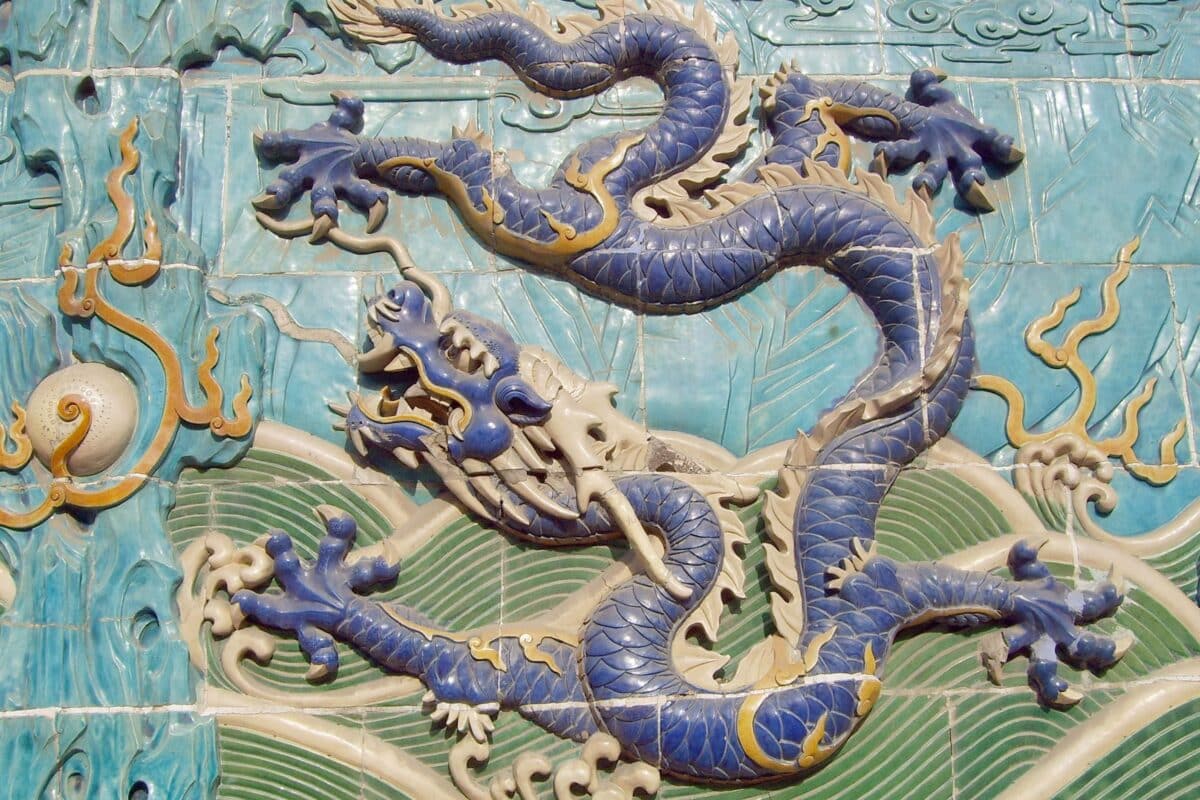One of the trickier questions you get asked as a children’s worker is the seemingly innocuous: ‘Did this really happen?’ It’s easy to think our only option here is to say, ‘Yes!’ or ‘The Bible says it does!’ and move the conversation on. But is that our best response? I think we miss a trick with that answer. We can get caught up in trying to prove the exact historical accuracy of the Bible and miss something deeper. We share these stories because they are full of truth and meaning that reveal God to us and transform our lives, not because we are keen historians. In essence, these stories are not true; they are more than true.
I saw a quote on a poster in the education department at St Paul’s Cathedral that helped me think about this a lot. It’s a misquote of GK Chesterton by the author Neil Gaiman in Coraline. It’s not about Bible stories specifically but about why fairy stories resonate with children so much:
“Fairy tales are more than true – not because they tell us dragons exist, but because they tell us dragons can be beaten.”
This isn’t to say that it wouldn’t matter if the Bible were totally made up! But it does mean that the deep truth of the Bible is something found at a more profound level then trying to prove that Abraham really existed exactly as the Bible describes him. Let me give you an example of something that showed the value of thinking this way.
A couple of years ago I was talking to a young person about David and Goliath. He had been on the internet and read some blogs which said that the story was nonsense – nobody could ever grow to 9 feet tall. Apparently, so he told me, a human would collapse under their own weight at that size, with the main bones in their arms and legs becoming too long and snapping under the load. This adds up to a rather less intimidating warrior and makes David’s seemingly against-the-odds win rather more predictable. In the eyes of the young person it was enough to write the story off as rubbish, and was further evidence to the unreliable nature of the Bible – the Bible he had once thought was true, but was now seeing as flawed, as his mind developed its capacity for critical thinking.
He was surprised when my reply was to agree with him. There do seem some pretty big flaws in the story if you look at it as a literal account, although it retains more than a ring of truth. Goliath’s size is an issue but the practice of ‘Champion fighters’ stepping forward to challenge the enemy was common. Women and children being around the army when it went out to fight was normal behaviour, them stepping up to confront the opposing warriors less so. I suggested to him that this story was retold many, many times and it probably got tweaked along the way. I guess that, in every telling, Goliath may have grown a few centimetres. However, the value of the story didn’t rest of whether Goliath really was as tall as the Bible suggests but rather on whether David could beat him. Of course the answer to that, whether he was 9 feet tall, 12 feet tall or more likely 6 or 7 feet tall (in that era, still really, really tall) is still ‘no’. There is no way a shepherd boy can beat this warrior, well not without God anyway!
We shouldn’t ask, ‘Is this story true?’ rather, ‘Where is the truth in this story?’ What was it about this story that meant people kept telling it and passing it on until it got written down and kept? What did it tell them about David, about themselves, about God and who or what Goliath was for them? It’s not a question of if Goliath really was a big as he is claimed to be. What makes this story true, indeed more than true, is that Goliath can be beaten because God is bigger still.
So be brave and think about how we respond to these questions: be honest, we shouldn’t base our concept of biblical truth on the accuracy or otherwise of every tiny detail. Rather we should look for the deep truth of the stories and discover why they aren’t just true. They are more than true because we can encounter God in them.
Sam Donoghue heads up the Diocese of London’s children and youth team, and is over six foot tall.
Image “Chinese Dragon” by Shizhao – Own work, CC BY-SA 3.0.
